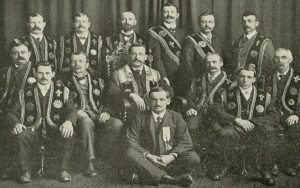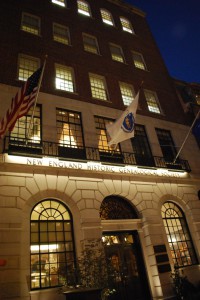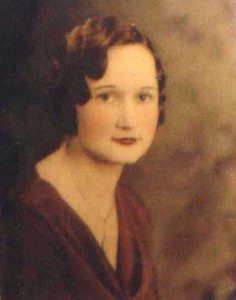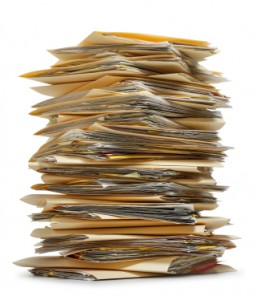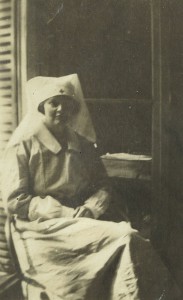
This past June, I was excited to attend the first workshop ever offered by NEHGS in Seattle. It was a bit of a drive from my home in Salem, Oregon, but definitely worth it, and the most useful thing I learned was that many older Massachusetts deeds can be browsed free of charge through FamilySearch.org.
I’d hoped one day to revisit the Massachusetts island of Nantucket – where a branch of my family lived for the first two centuries of European settlement – largely to do additional investigation at their Registry of Deeds. The staff there was incredibly helpful when I visited in 2013, but even in the off-season, staying on the island is not exactly cheap, especially with a cross-country flight thrown in. Imagine my joy to discover that I could now do this work from home 24/7! Continue reading A Starbuck in Seattle
